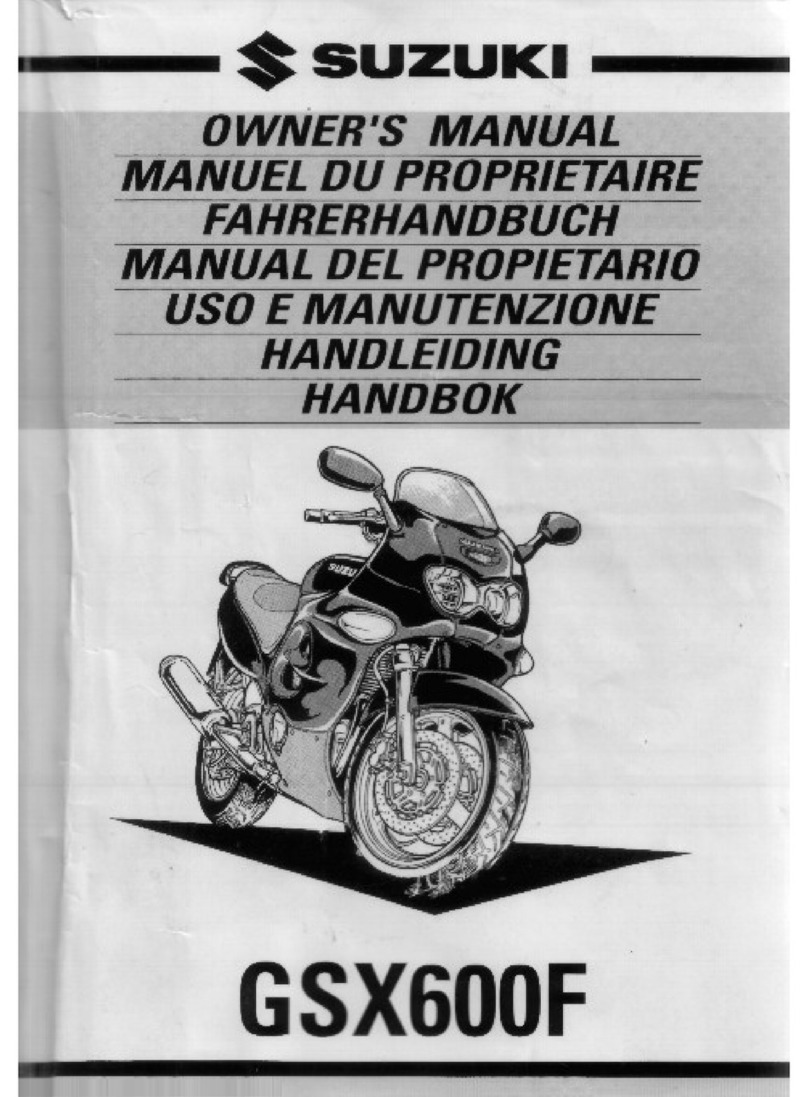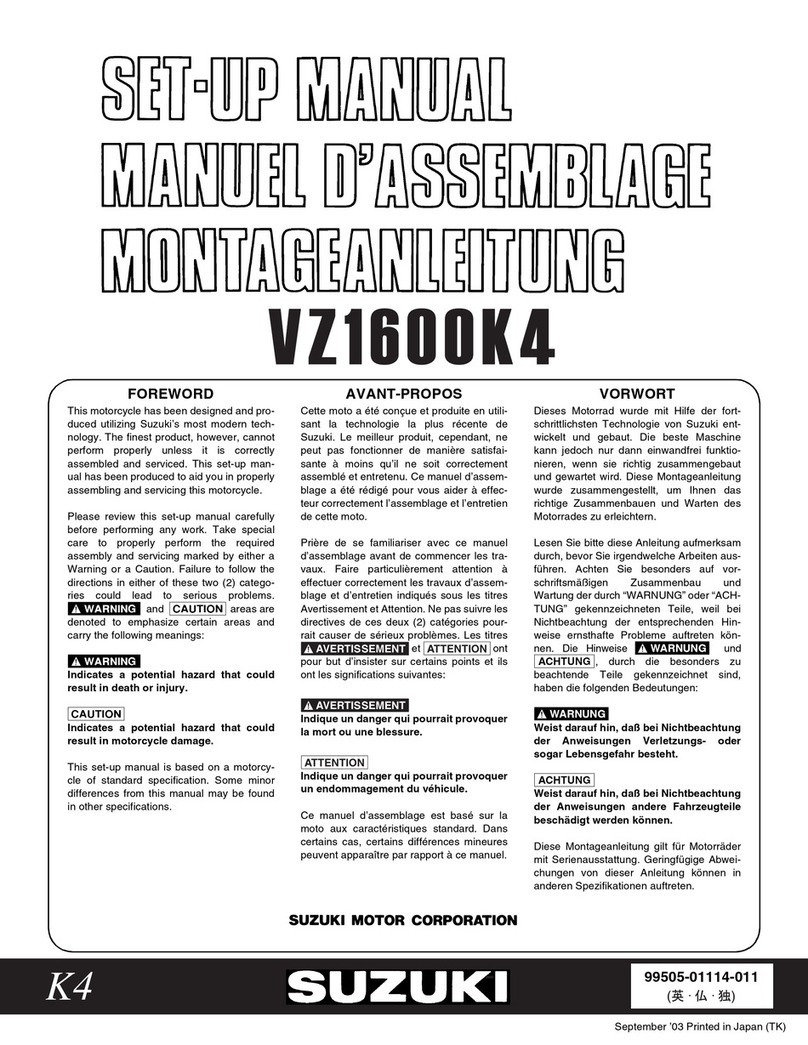Suzuki 2004 VL800 User manual
Other Suzuki Motorcycle manuals
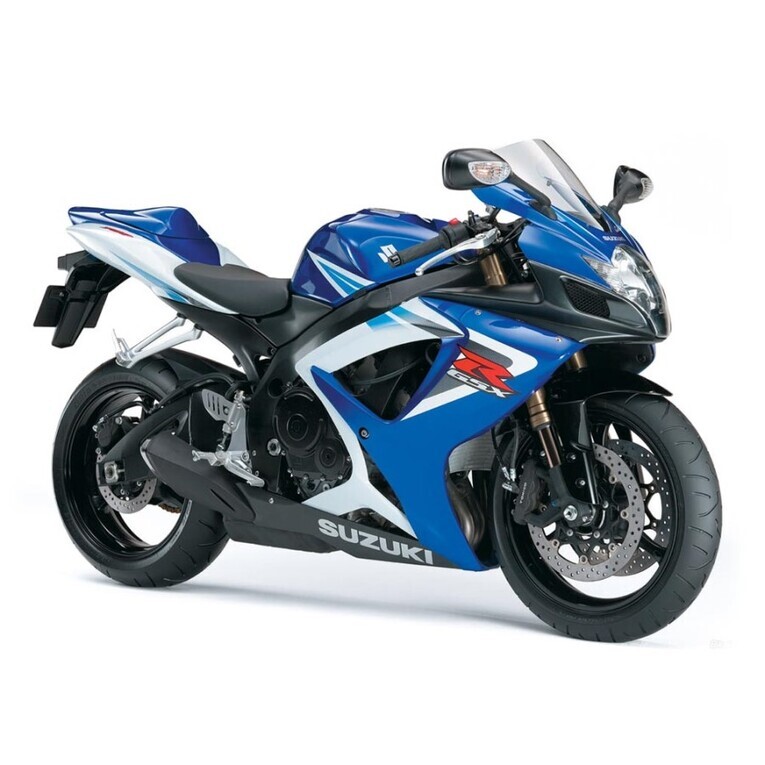
Suzuki
Suzuki GSX-R750 User manual

Suzuki
Suzuki GSX1400 User manual
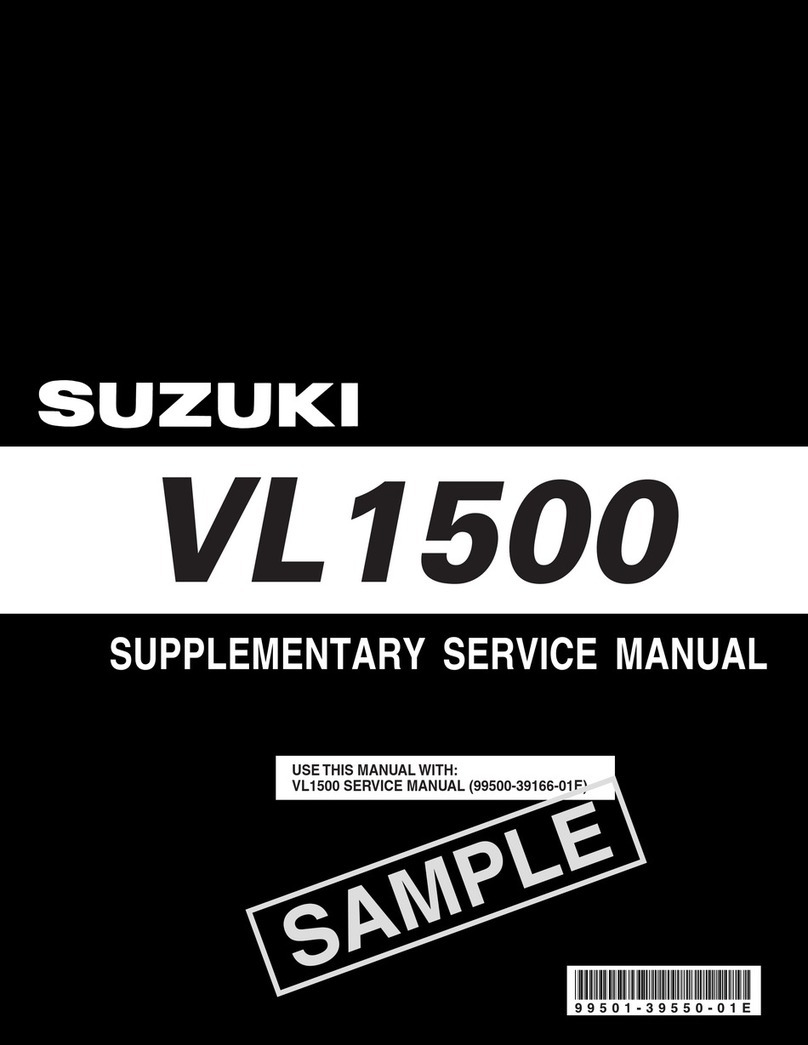
Suzuki
Suzuki VL1500K5 Manual
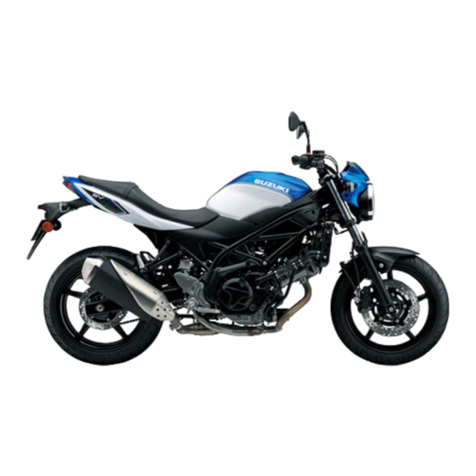
Suzuki
Suzuki SV650 User manual

Suzuki
Suzuki TL1000S User manual
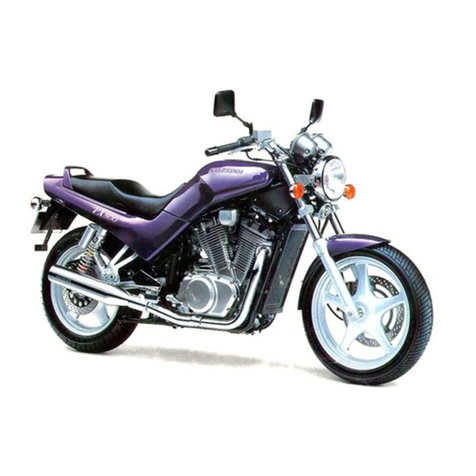
Suzuki
Suzuki VX800L User manual

Suzuki
Suzuki VL125 User manual

Suzuki
Suzuki GS1000 User manual

Suzuki
Suzuki XF650 Freewind User manual

Suzuki
Suzuki GV1400 User manual

Suzuki
Suzuki 1996 GSX-R750 User manual
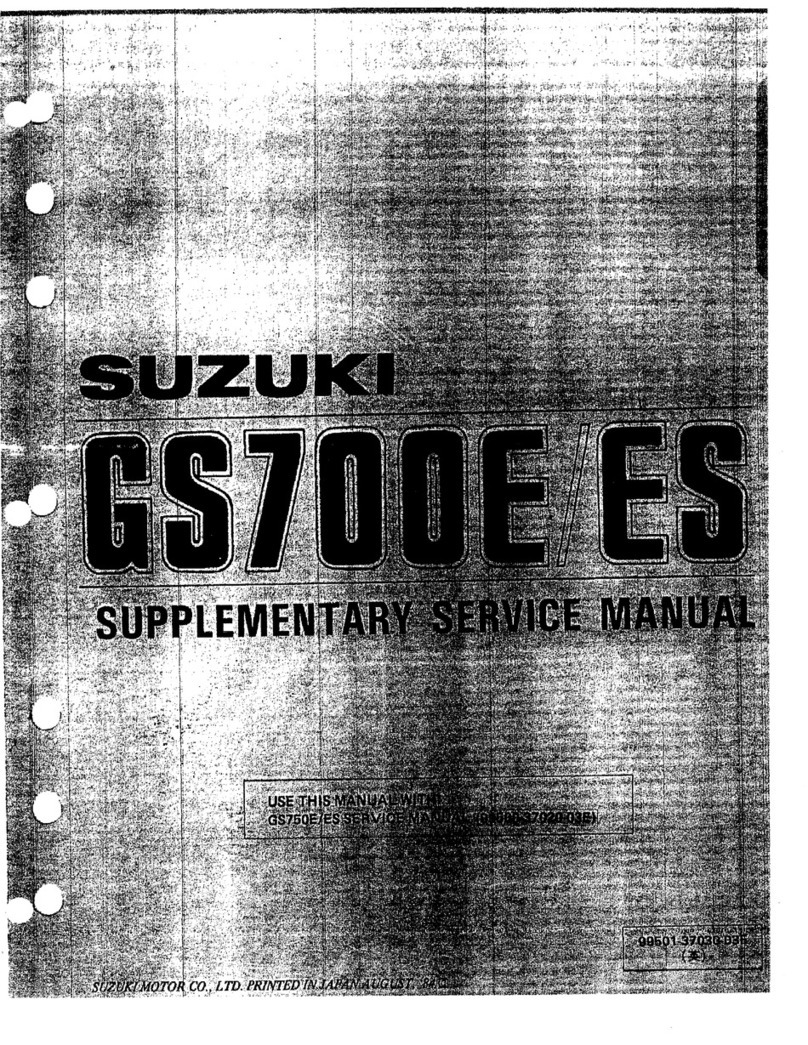
Suzuki
Suzuki GS700 Manual
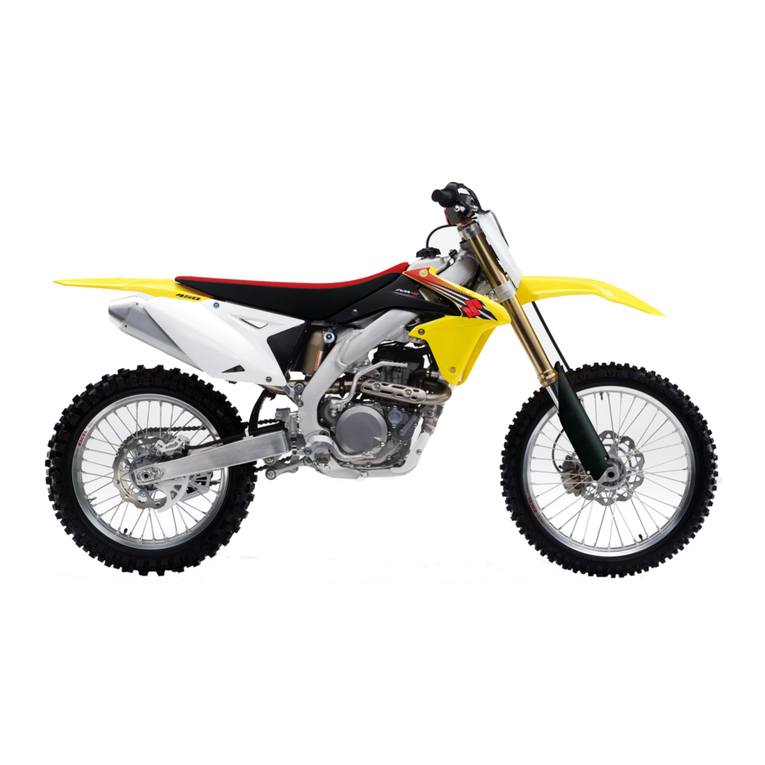
Suzuki
Suzuki RM-Z450 Application guide
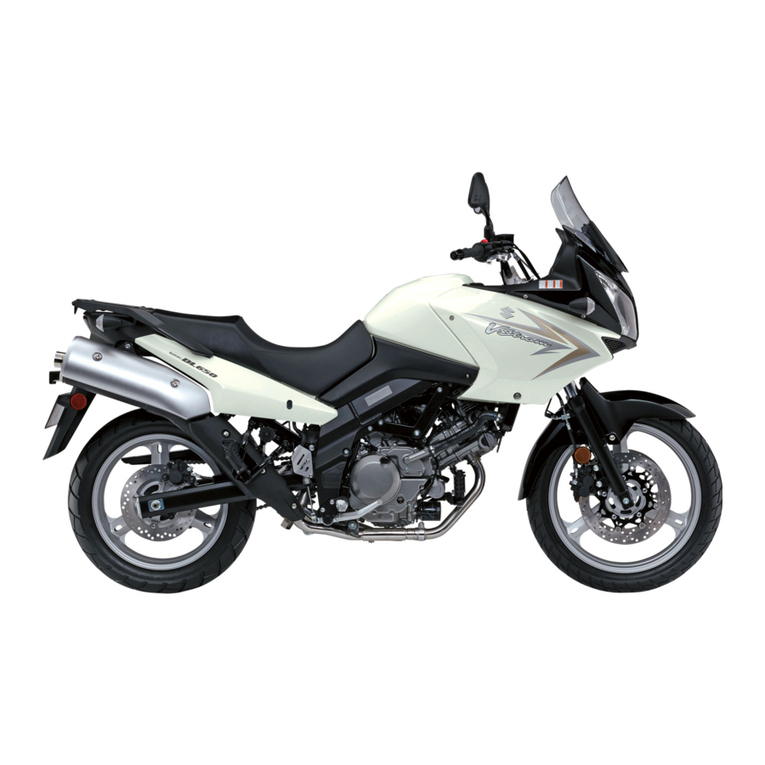
Suzuki
Suzuki DL650 User manual
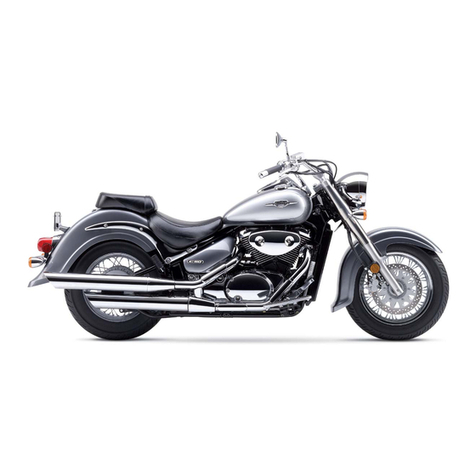
Suzuki
Suzuki Intruder VL800 User manual

Suzuki
Suzuki GSX1200 1999 User manual
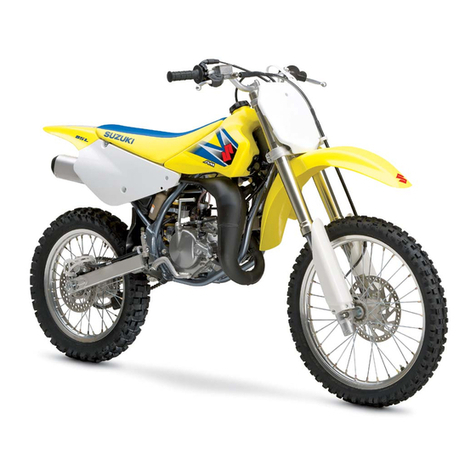
Suzuki
Suzuki RM85 Application guide
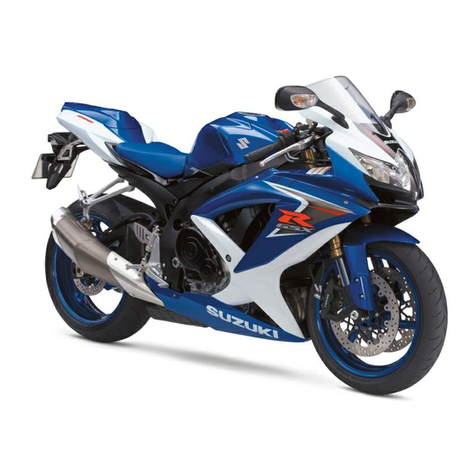
Suzuki
Suzuki GSX-R600 User manual

Suzuki
Suzuki gsr750 Manual
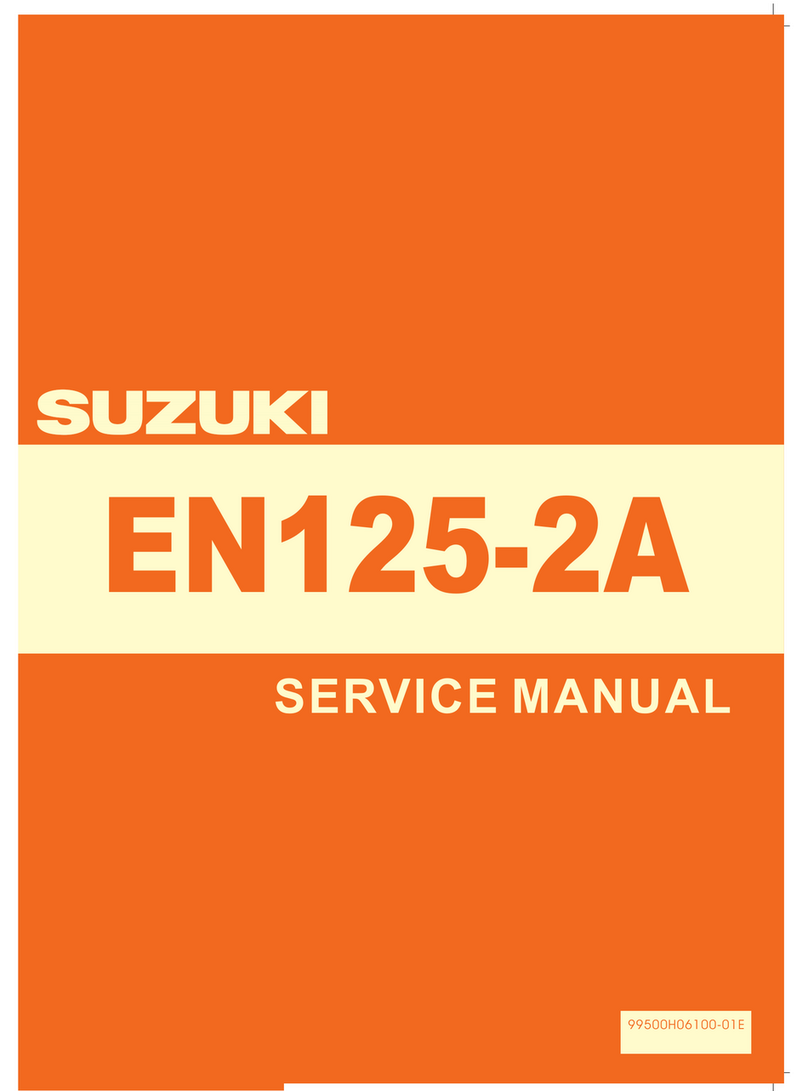
Suzuki
Suzuki EN125-2A User manual
Popular Motorcycle manuals by other brands

MV Agusta
MV Agusta Brutale 675 Workshop manual

APRILIA
APRILIA RSV MILLE - PART 1 1999 User manual content

Royal Enfield
Royal Enfield Himalayan 2018 owner's manual

SSR Motorsports
SSR Motorsports Lazer5 owner's manual

MOTO GUZZI
MOTO GUZZI 2005 Griso 1100 Use and maintenance book

KTM
KTM 85 SX 19/16 owner's manual

